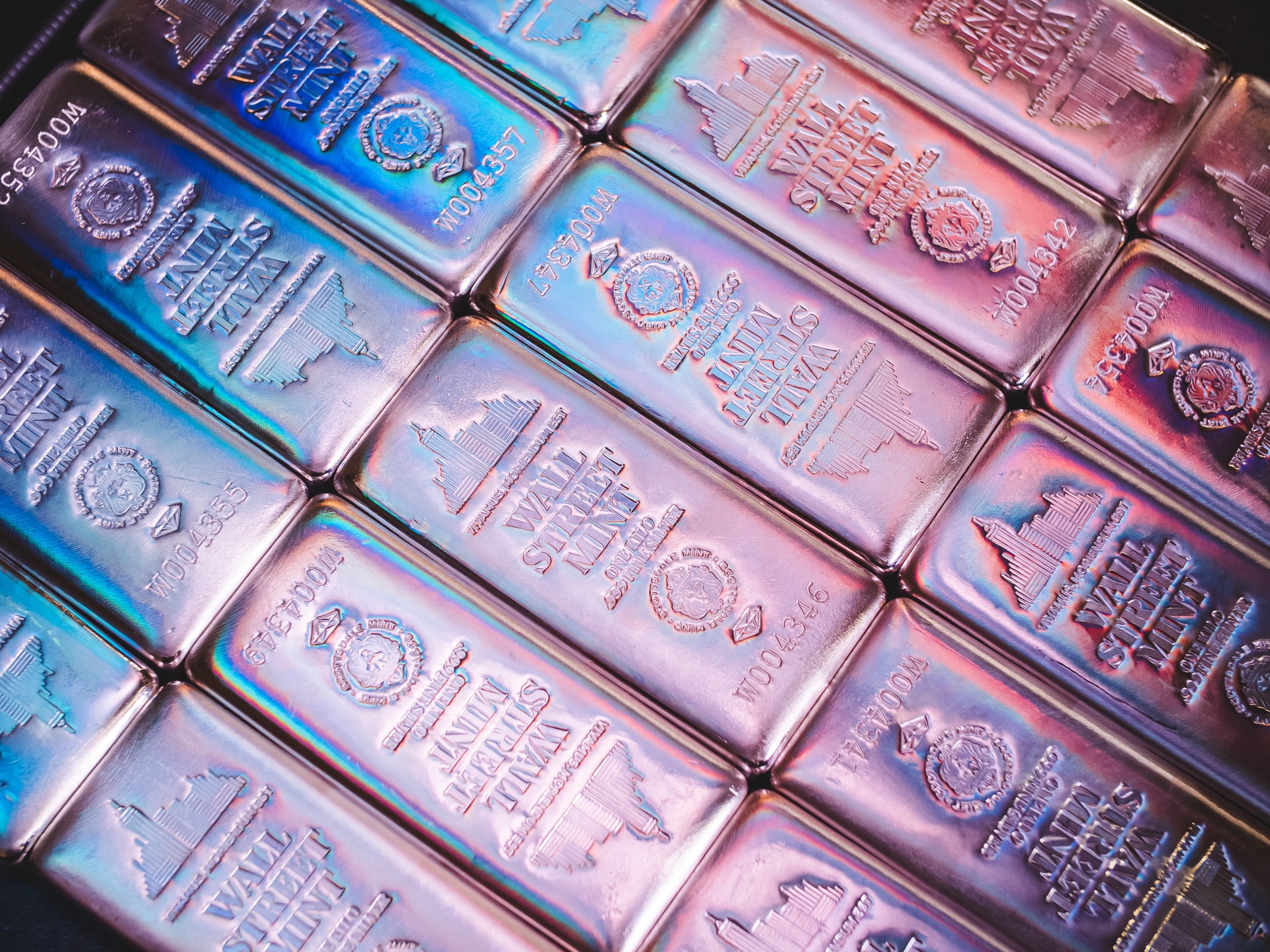Retirement planning is a long-term process that involves many investments. Building up your nest egg early often puts you in a stronger financial position when you stop working at your job. Investors hope to live off their wealth by tapping into cash flow and withdrawals. Many aspiring retirees use an IRA to expand their portfolios. These IRAs have tax advantages and maximum annual contributions. Most people accumulate stocks in these portfolios, but you can also buy silver in an IRA. We’ll discuss how a silver IRA works and why you should consider adding silver to your portfolio.
Buying Silver with Your IRA: The Basics
A silver IRA is a self-directed IRA that gives investors more flexibility. You get to manage the individual retirement account and put any investment into it, including crypto. You can put precious metals, real estate, and other assets in a self-directed IRA. A self-directed Roth IRA has the same benefits as a Roth IRA. You pay taxes for investments, but the withdrawals and capital gains are tax-free.
Reasons to Buy Silver with Your IRA
Investors can select from many assets. So why should you choose silver? We’ll discuss some of the reasons silver can be a great fit for your retirement account.
Inflation Protection
Silver’s limited supply and intrinsic value make it a reliable inflation hedge. Having an asset that rises during inflation can offset the losses across your portfolio. We are in the middle of the highest inflation since 1981, and assets like silver historically perform better during this economic climate.
Widespread Demand and Usage
Civilizations have used silver for thousands of years. Silver has many useful applications. Some people buy silver jewelry because of its look, but silver isn’t only popular because of its appearance. Silver is used in mirrors, alloys, batteries, and electronics. For example, iPhone makers use 0.34g of silver to create the devices. Apple sold 239 million smartphones in 2021. Silver is in each smartphone.
It’s impossible for silver to become irrelevant. It impacts society in too many ways, and many technological advancements would become obsolete. Apple is far from the only company that uses silver in its products. This amount of widespread demand and usage suggests a bright future for silver coins. While silver won’t soar like speculative investments, it’s a relatively safe investment. Investors won’t have to worry about silver’s value plunging to zero. Society and companies will always need physical metals like gold and silver.
Long-Term Growth at a Discount
Silver has a history of solid growth during periods of uncertainty. During high inflation in the 1970s, silver appreciated by over 2,700%. Silver currently trades at low levels due to its massive supply. However, as more societies and companies use silver, its supply will diminish. You can buy silver at a discount today and generate long-term growth from supply shortages and silver’s relevance for civilizations.
Diversity
A diverse portfolio shields you from various economic environments. Growth stocks often tumble during economic uncertainty, but silver tends to rise during this uncertainty. Diversifying across stocks, property, precious metals, and other assets mitigates risk and exposes your portfolio to more opportunities.
Liquidity
Silver is in high demand, and it’s easy to find a buyer. You can hold onto silver bars and sell them when necessary. You can look for a silver exchange, pawnshop, jeweler, or another entity that will buy your silver.
Things to Consider Before Buying Silver with Your IRA
A self-directed IRA account lets you buy silver and capitalize on tax advantages. But, before buying silver with their retirement savings, investors should know a few important details.
Research Dealers
Dealers impact your profits. They set silver prices, and some get greedy. Before buying silver from a dealer, check their online reviews. These reviews indicate whether the dealer is legit and charges a fair price. Look for dealers that belong to industry groups, such as the Industry Council for Tangible Assets (ICTA).
Learn About Depositories, Storage, and Pricing
Not everyone wants to store silver in their homes. A guest can stumble across your fortune and take some of it without you looking. Someone may try to rob you if word gets around about your silver holdings. Silver investors often store their holdings in depositories. These third-party entities must comply with IRS regulations. A non-bank trustee will watch over your assets if the depository does not meet IRS regulations.
After finding a suitable arrangement, you’ll have to store your silver in the depository. You should only store silver in a secure and insured depository. The insurance offers some protection if your silver gets stolen. Without insurance, your silver is gone forever if it gets stolen. You can’t store silver for free, and storage facilities have different pricing structures. You’ll have to pay more money to store more silver. Investors can find a better deal by shopping around instead of working with the first provider who agrees to hold your silver.
Decide on Account Types
The government offers several retirement accounts for your savings. You can use a traditional IRA to invest in stocks and mutual funds. A Roth IRA provides similar choices, but you get taxed going in instead of coming out. SEP IRAs are traditional IRAs for the self-employed.
If you want to invest in silver, you will need a self-directed IRA. An independent custodian will monitor your assets, and the retirement account comes with the same tax advantages as traditional IRAs. You’ll have to consider if you want to get taxed now or in the future. Getting taxed in the future allows you to increase your monthly contribution and lower your bill. Getting taxed now gives you fewer dollars to invest, but your future capital gains are tax-free.
Understand Fees and IRS Restrictions
A silver IRA has more fees than a traditional retirement account. You’ll have to pay for storage and other fees exclusively for silver. Here are some of the costs you will have to pay for investing in silver with a self-directed IRA:
- One-time setup fee (required)
- Cash-out fee for liquidations
- Transaction fees
- Custodian fees
- Premiums
Withdrawal fees depend on the account. You can’t withdraw from a traditional IRA without incurring costs. A Roth IRA gives you more flexibility. You can withdraw any qualifying funds penalty fee if you’ve had them for over five years or are over 59 and a half years old.
Select A Reputable Custodian
Custodians act as brokers that oversee your holdings. They monitor assets and update you on the latest IRS rules and regulations. The IRS requires that you partner up with a custodian for an IRA. Therefore, you’ll need a custodian, even if you use a self-directed IRA. Custodians have guidelines, investment minimums, and other requirements. Only work with reasonable custodians that offer insights that can expand your portfolio.







